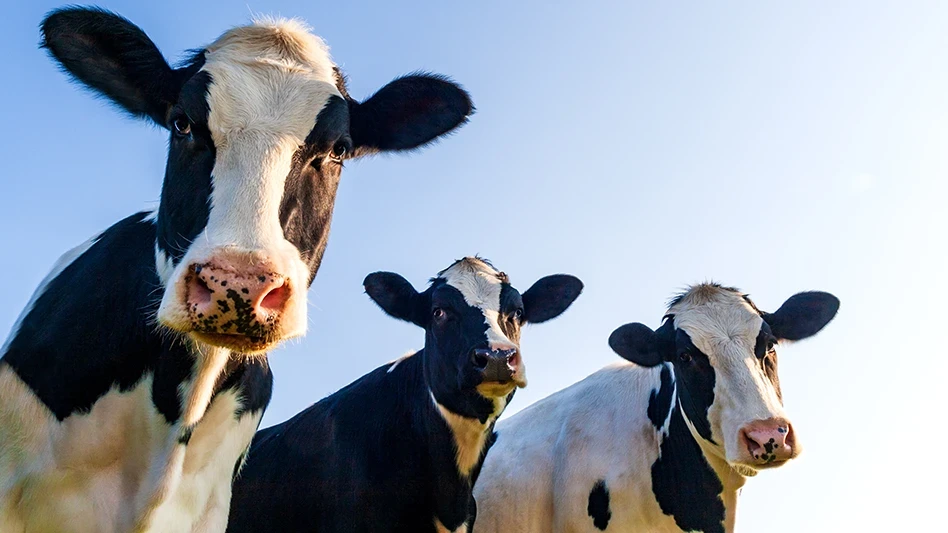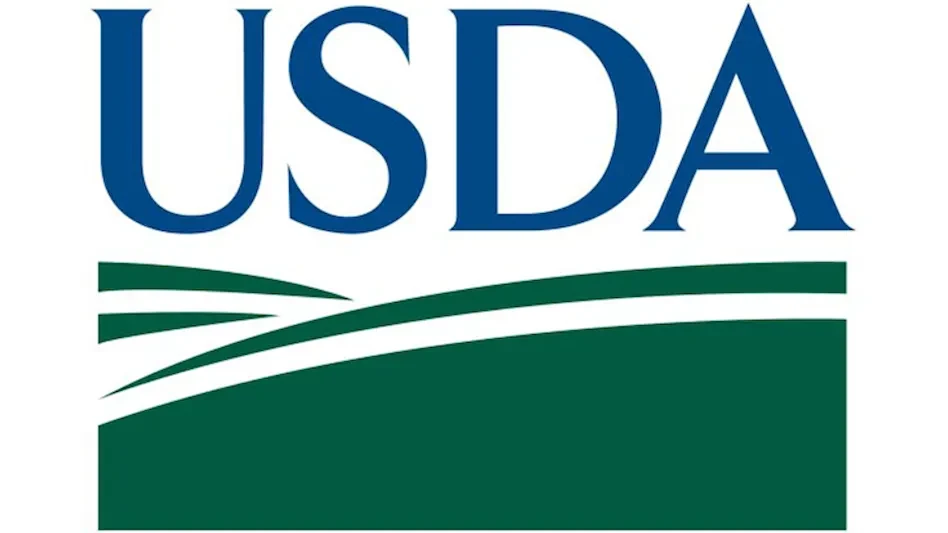
Adobe Stock | Laurent Renault
The USDA Animal and Plant Health Inspection Service (APHIS) National Veterinary Services Laboratories (NVSL) confirmed the first detection of a new strain of highly pathogenic avian influenza (HPAI), also known as H5N1 or bird flu, in Nevada dairy cattle on Jan. 31.
APHIS used whole genome sequencing to confirm HPAI H5N1 clade 2.3.4.4b, genotype D1.1. This confirmation was a result of state tracing and investigation, following an initial detection on silo testing under the USDA’s National Milk Testing Strategy (NMTS) in Nevada.
USDA APHIS continues to work with the Nevada Department of Agriculture by conducting additional on-farm investigation, testing and gathering additional epidemiological information to better understand this detection and limit further disease spread.
This is the first detection of this virus genotype in dairy cattle. All previous detections in dairy cattle have been HPAI H5N1 clade 2.3.4.4b, genotype B3.13. Genotype D1.1 represents the predominant genotype in the North American flyways this past fall and winter and has been identified in wild birds, mammals and spillovers into domestic poultry.
The detection does not change USDA’s HPAI eradication strategy, the agency said. In the interest of sharing information of import to the scientific community, APHIS will publish a technical brief on the findings on its website and post the sequence data on GenBank in the coming week.
Latest from Quality Assurance & Food Safety
- Bird Flu: What FSQA Professionals Need to Know
- Registration Open for 129th AFDO Annual Educational Conference
- Frank Yiannas, Aquatiq Partner to Expand Global Reach of Food Safety Culture
- World Food Safety Day 2025 Theme: Science in Action
- Ancera Launches Poultry Analytics System
- USDA Terminates Two Longstanding Food Safety Advisory Committees
- Catalyst Food Leaders Announces Virtual Leadership Summit for People in Food
- Food Safety Latam Summit 2025 Set for Mexico City





